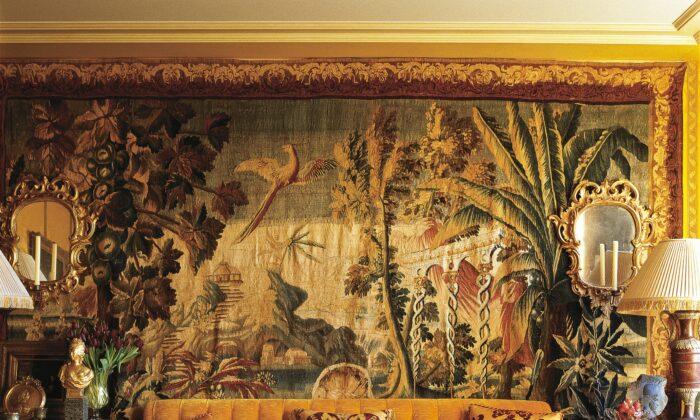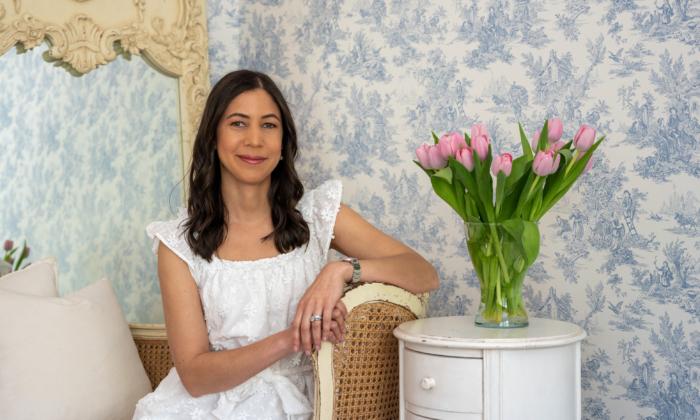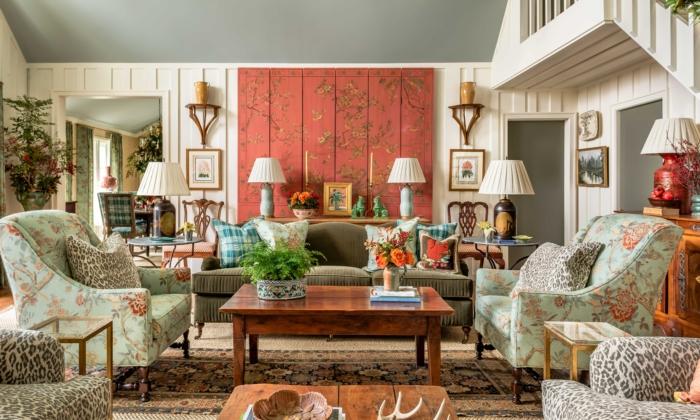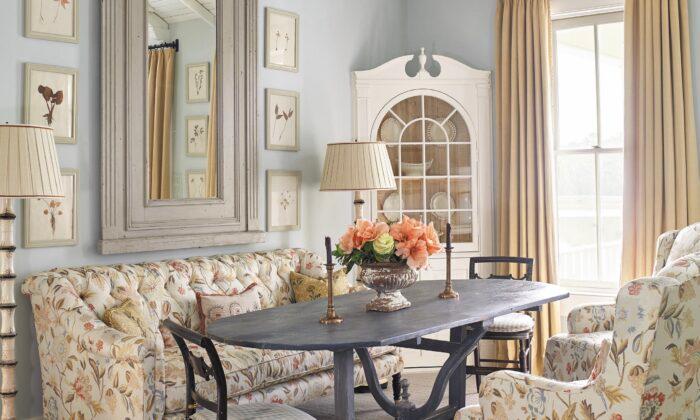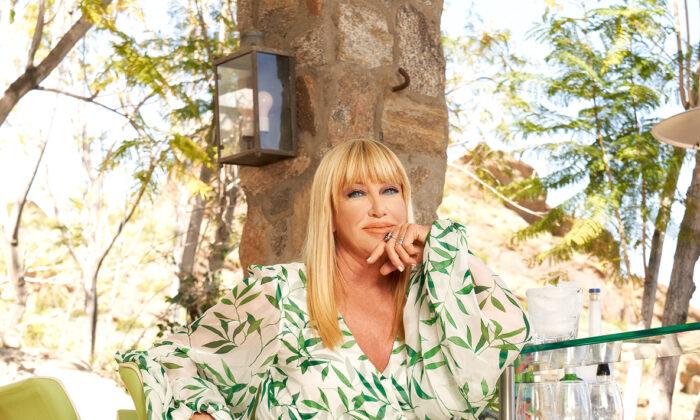Known internationally by a single name, Alidad is one of the world’s most beloved and recognized home designers. Palaces and mansions around the world, and even historic stately homes in the UK have been breathtakingly brought to life or restored by his careful hand.
Raised in Iran, Alidad is now based in Mayfair, London, and has been recognized in Architectural Digest’s AD100, Elle Décor’s A-List, House and Garden’s Top 100 Interior Designers, and Country Life’s Top 100 Designers. He got his start at Sotheby’s auction house, where he studied art and design and was eventually chosen as the youngest department director in the company’s history. He oversaw the sales of antique Islamic art and textiles until his undeniable love of the fabrics themselves took over and propelled him to become an interior designer.
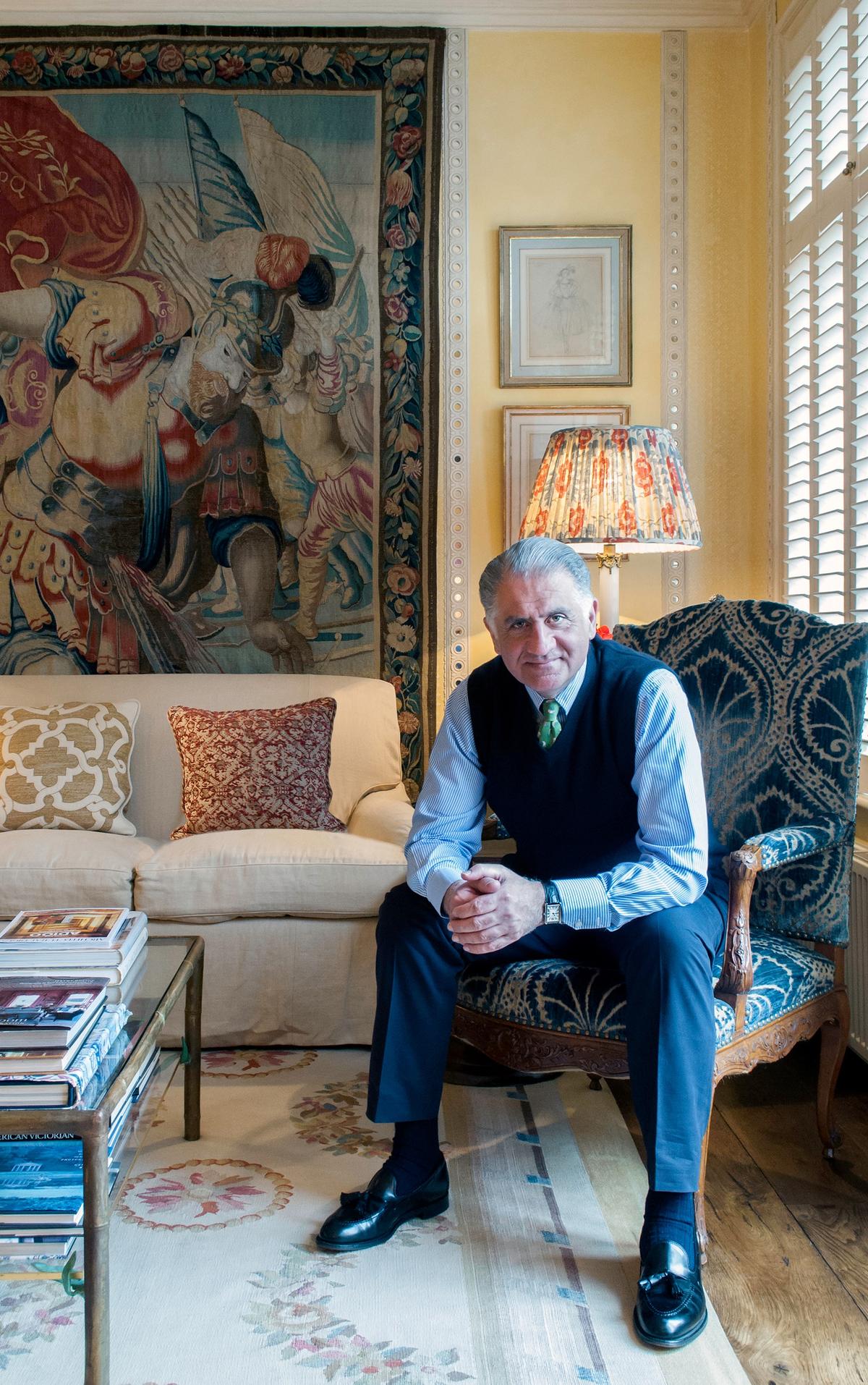
Here, Alidad breaks down for The Epoch Times what sets a timeless room apart from merely a nice-looking one, how he goes about achieving that look and feel (and how you can, too), and why the very concept of a home is more important than we might realize.
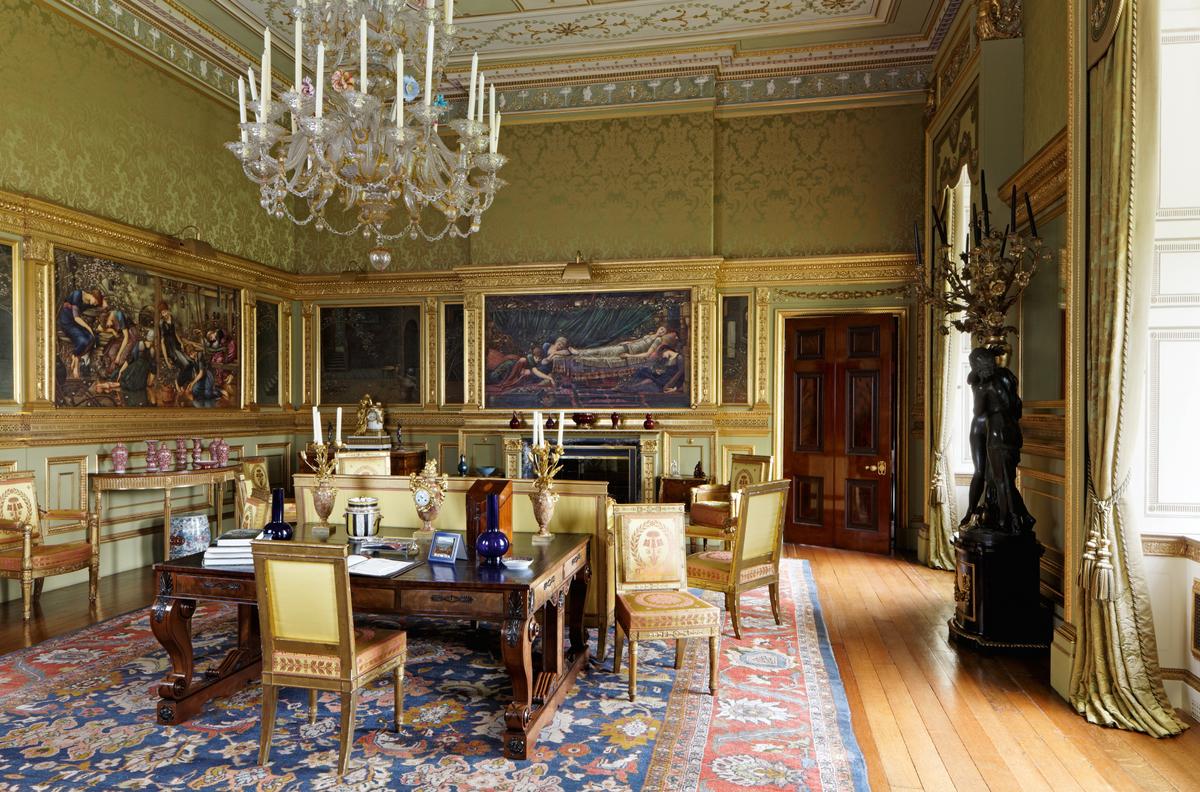
It’s easier said than done. In order to create a really timeless house, there’s a lot that goes into it to actually make it look as if it’s been there forever, but is relevant for today. It’s completely comfortable, it’s got all the relevant technology in it, but it’s all hidden—it’s quite a task. This is what I like doing.
I’m interested in creating houses where everything’s been thought through—how every room functions, how you go from A to B. When you see a nice room, you might say, “This is nice, it’s lovely,” but the moment you sit down, it doesn’t really function. You don’t know where you put your cup of tea or coffee, it’s awkward, the traffic doesn’t work well. All of these things, unless they’re absolutely thought through properly from the beginning, we'll never get the timeless room or house.
I like what I call a layered look, one that has been layered over generations—different things have been added and taken away. I always say to my clients, “Think of the female line in your family. So your mother did something here, and your grandmother brought the piano from upstairs to downstairs, and your great-grandmother did something else.” It’s all imaginary, but in some of these old 17th-, 18th-century houses, that’s exactly what happened, because different generations of the same family came in and added their own input.
If somebody comes to me and says, “I’ve got an 18th-century house and I want everything in it to be 18th-century,” I say, “No, I can’t do it.” Because that is a museum; that’s not a home. So all my houses have got Georgian 18th-century things, they’ve got Regency things, they’ve got Victorian things, they’ve got Edwardian things. They’ve probably got some Art Deco, bits and pieces.
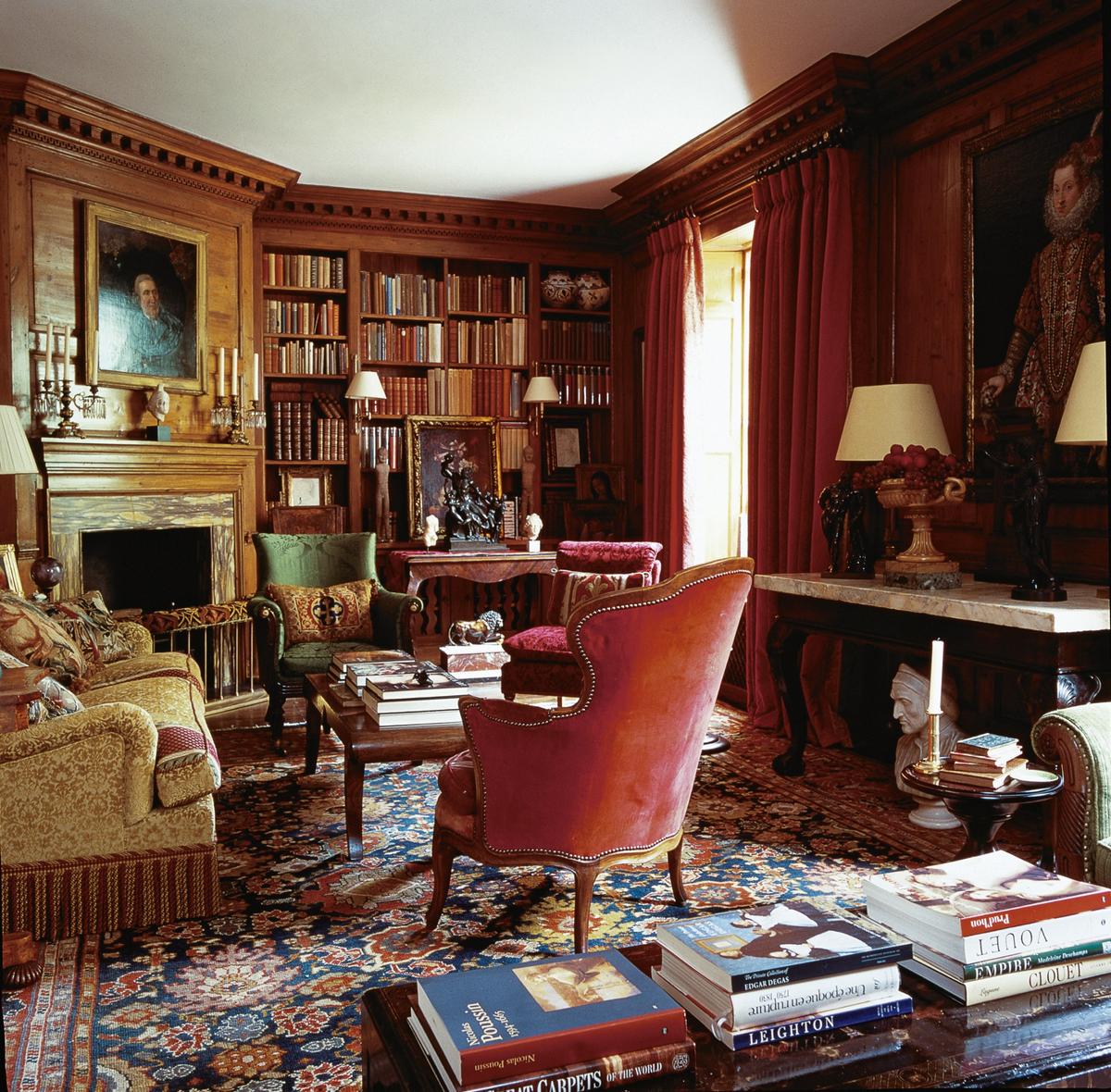
When I left Sotheby’s, I went back to a lot of those stately houses and started analyzing things. I'd think, “These two fabrics side by side, they don’t go together. But how come it’s OK?” Then I realized that it’s the overall look that has to be OK; you don’t have to match everything together. As long as it’s got a link of some sort within the room, then it’s fine.
The typical call I get from journalists is, “What is the color of today?” Immediately I say, well, I’m not interested in the color of today. Because it’s going to be gone tomorrow, and if not tomorrow, next year. My colors are based on 17th-, 18th-century Italian and French textiles, which will never date. They will never, ever date.
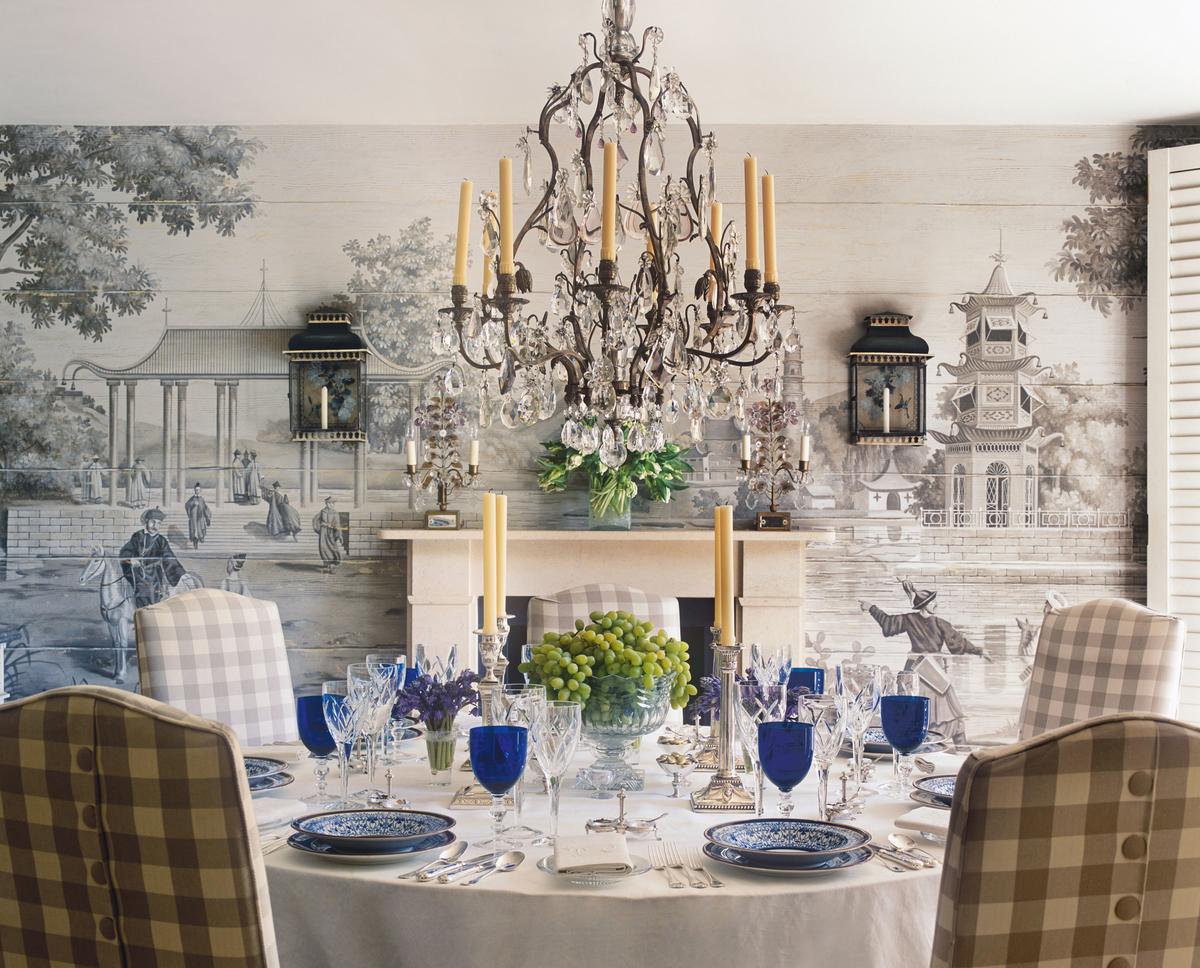
The main thing that is really, really important to understand is that I never have any preconceived ideas when I meet a client. I’m in the business of creating a home that’s just for them and nobody else. It’s one glove that fits one hand. So I need to absorb exactly who they are, how they want to live—but not how they want to live now, how they want to live for the next 20 years.
I sit for quite a while with the clients, absorbing what they want and how they want to live. Are they people who like warm colors, like yellows and greens? Are they people who like cold colors, like blues and pale colors? All this goes into this little sponge in my head—I don’t know where it is, it’s in different places for different people—and it starts forming shapes and colors and things. By the time I’ve talked to them for a few weeks, then I can say, “I think you'd like this color, and I think perhaps this goes with that.” That’s how it starts.
I always say a house has a story to tell. Don’t go against the story of the house, because it‘d be a disaster. If I try to turn a north-facing room into the sunny room that the clients request, it’ll never be a sunny room and they'll always be disappointed by the end of it. It’s better to tell them at the beginning what each room can do. If it’s north-facing, turn it into a dining room, or a study, or a library that can be cozy and dark.
Every house is different. I have to listen to the house, I have to listen to the client, and then the two stories have to merge together before I can do any design for them. That’s why for most clients, when the house is finished and they move in, it’s as if they’ve been there for a long time. Because every inch of the place has been thought through with them along the way.
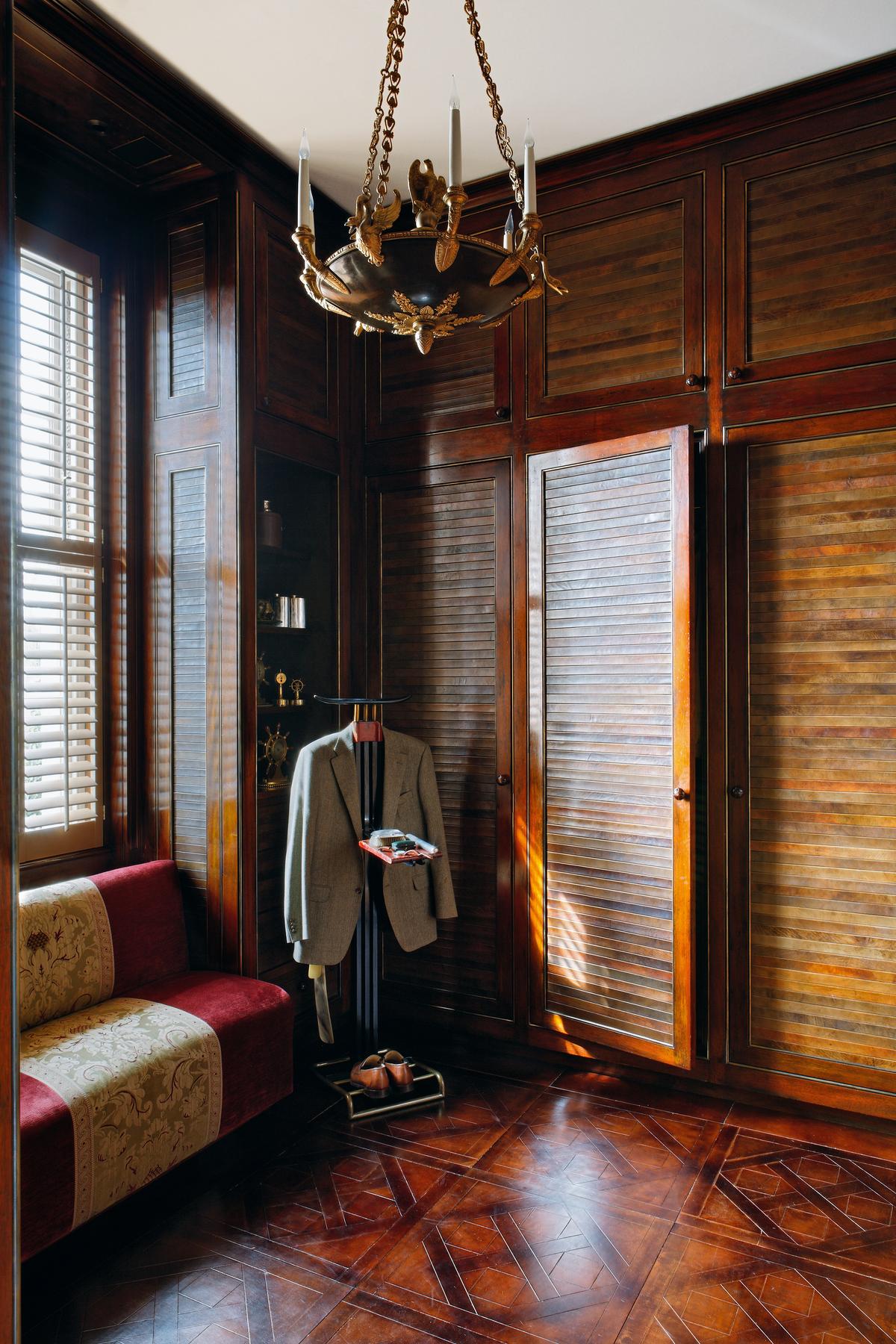
A home, I always say, is the most important thing for everybody. It could be a shack, it could be a palace. Without it, you can’t function. The notion of home is so underrated because we just take it for granted. Interior design has always been the poor sister of fashion, even though it’s so much more important. If you can’t sleep, if you can’t function in some sort of space that you call your home, you can’t really survive.
I always say to my clients, not everything has to be first quality. It’s nice to mix things. If something speaks to you, and it’s not of great quality but it’s got the right scale and the right look, let’s use it, because that’s how you turn it into a home. That’s how you create a home, by mixing different things together—different qualities, different styles, different things.
But the first thing is that you should like everything you’ve got at home. Don’t buy things because so-and-so is buying them and force yourself to believe that you love them. What for? A home is all about you. This is where you actually gain energy; you actually can function when you’re in the right home. When you leave your front door and you’ve got fantastic energy, it’s because that home is giving you that energy.
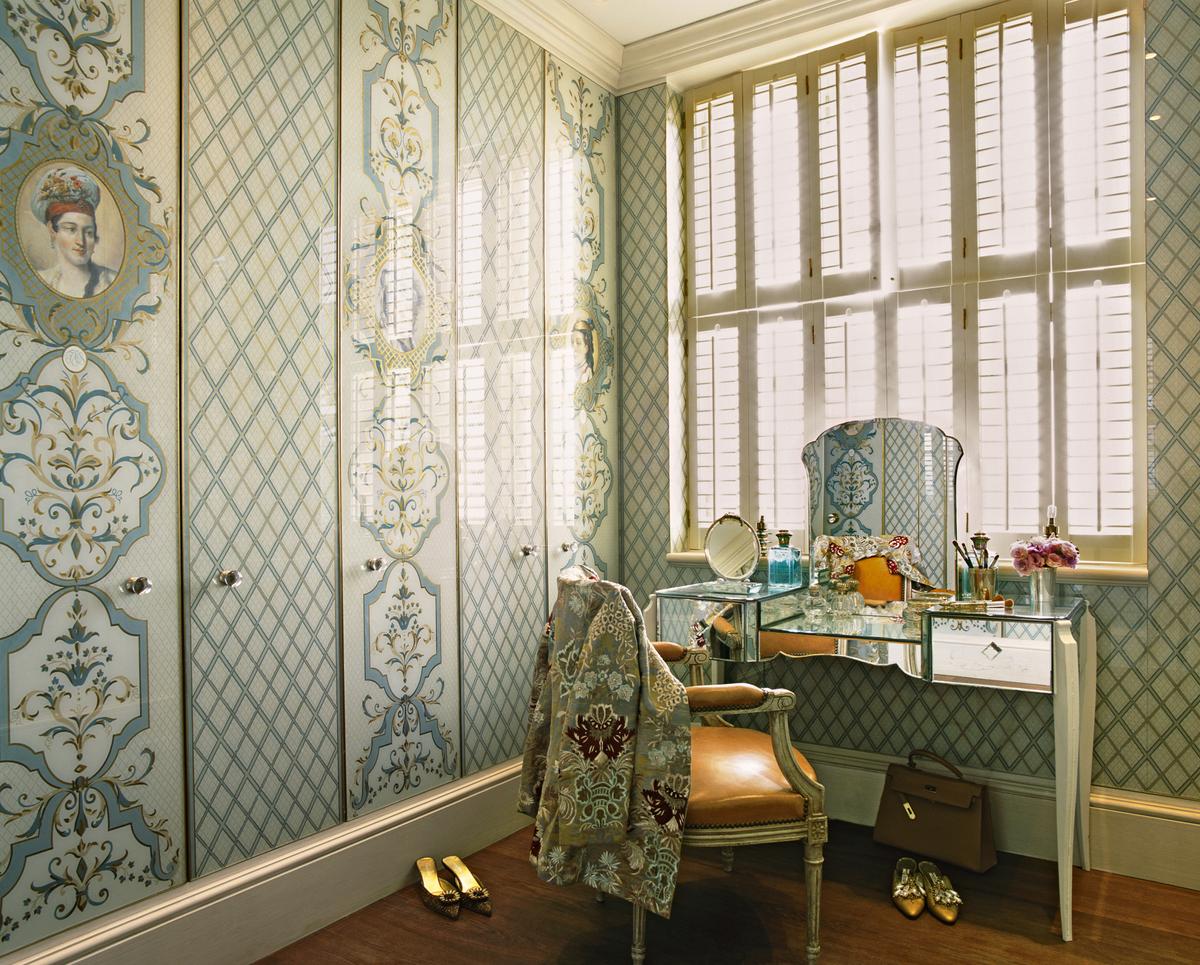
On the one hand, I wanted it to be for somebody who actually doesn’t have a clue. I wanted to hold their hands. It’s for that person who may have a small house or a small [apartment], and they want to do it themselves because they don’t have the budget to employ somebody. It’s to give them the ABCs of design, how to go about it.
How to choose a color? Just write down what colors you like; don’t think about the house. Am I a yellow person? Am I a blue person? Write down the colors you like, then concentrate on one or two of the main colors. Go to a paint shop, look at the yellows, take three shades of yellow that you like in a small pot, and bring it home. Just paint it on a piece of paper or cardboard, put it on the wall. It’s literally step by step.
At the same time, I wanted to hold the hands of designers, too, because there are sections that relate to them. Mathematics has given me a sort of logical way of going about things, and that’s what I’ve applied in this course. It’s an all-rounder.
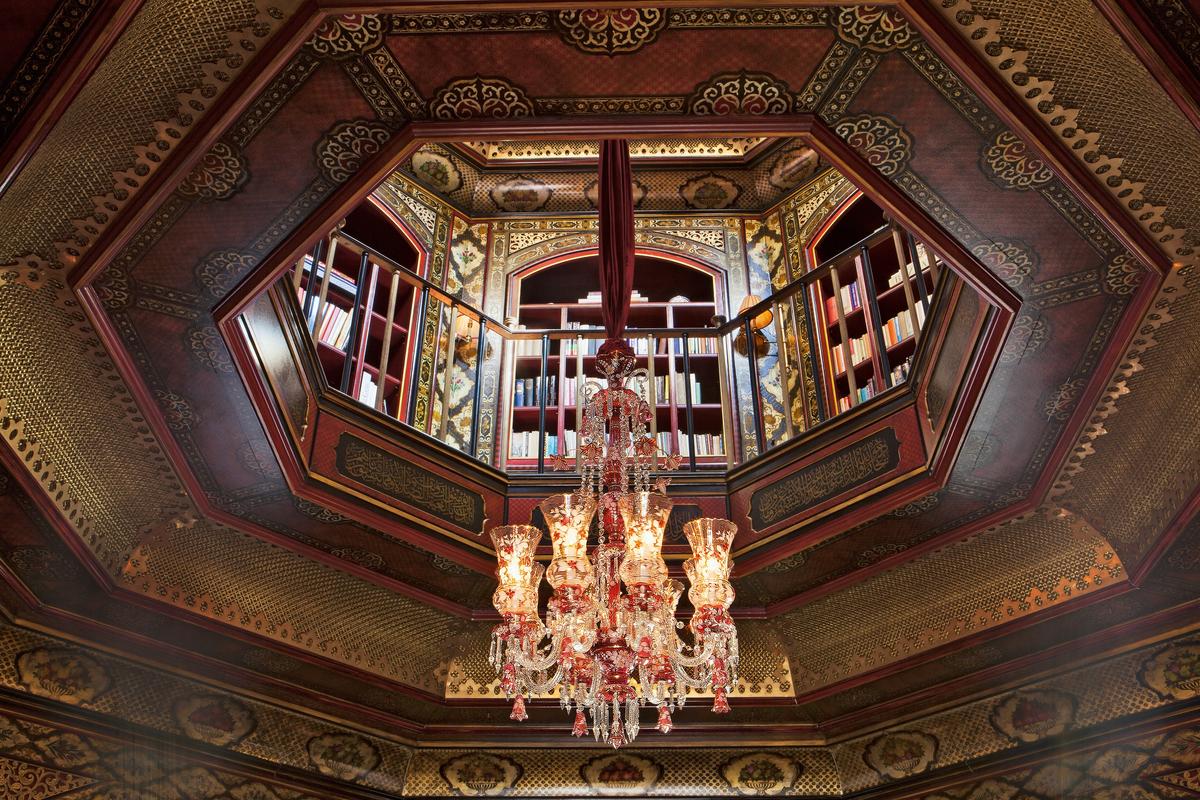
Interior design brings out the worst in people. No matter how sophisticated you are, no matter how many houses you’ve done, it still brings out a lot of insecurities because you’re exposing yourself to the world. Whoever comes to see your house, they’re going to say, “Oh, they chose that fabric. They chose the shape of this.” So there’s a sort of hand-holding throughout the course, saying, “It’s OK to feel like this, it’s OK if you went and looked at something and you didn’t get anywhere, it’s OK. There is tomorrow.”

